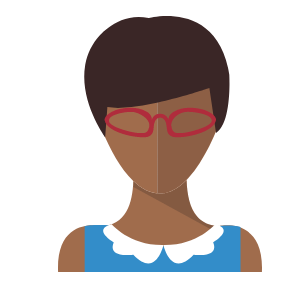Academic publishing holds an important place within the larger academy. Alongside the professionalization of research and the development of the tenure and review system, publishing has come to play an increasingly significant role in the assessment of an individual scholar’s career.
While “most agree RPT [Review, Promotion and Tenure] requirements should encourage peer-reviewed works of high quality, in practice, the value of publications is often assessed using shortcuts such as the prestige of the publication venue, rather than on the quality and rigor of peer review of each individual item.”
Leslie Schimanski and Juan Pablo Alperin. (2018). The evaluation of scholarship in academic promotion and tenure processes: Past, present, and future. Licensed under CC-BY.
A growing focus on the publication venue over the research itself as a marker of quality is highlighted by the increased interest in bibliometrics as a means to evaluate scholarship. Measures including the h-Index, citation counts, the Journal Impact Factor and others are used to produce seemingly impartial evaluations. Funders have also taken to looking at publication venue and Journal Impact Factor as a marker of quality in grant application processes, further reinforcing the need for researchers to publish in prestige journals with high impact factors.
Because the integration of bibliometric measures in research assessment operates at several levels within the academy – disciplinary, institutional, funder – it systematically reinforces these measures as markers of quality. As a result, scholars have little ability to make publication decisions outside of this framework without worrying about the potential impact on their careers.
In recent years, open access advocates and scholars from across the academy have begun to push back on this narrow and prescriptive approach to research assessment. DORA – the San Francisco Declaration on Research Assessment – is one such scholar-led initiative that is asking institutions and funders to “not use journal-based metrics, such as Journal Impact Factors, as a surrogate measure of the quality of individual research articles, to assess an individual scientist’s contributions, or in hiring, promotion, or funding decisions.”
Advocacy and the Academy
In recent years there has been a growing grassroots backlash against for-profit publishers from within the academy. Increasingly researchers are beginning to question the free labor they contribute to academic publishing and reconsidering their contributions in light of the commercial interests that publishers represent.
Perhaps the most well known of such efforts, The Cost of Knowledge project started as a post on mathematician Timothy Gower’s blog urging his colleagues to consider a boycott of Elsevier by refusing to publish, serve on editorial boards, or conduct peer review for their fleet of journals. After garnering significant support, the blog post has grown into what it is today, a list of over 20,000 academics who have made a public declaration that they will not support Elsevier journals.

Case Study – Journal of Informetrics
In early 2019 the entire editorial board of the Journal of Informetrics resigned in an open letter to Elsevier, the journal’s publisher. According to the letter, the board resigned after discovering that their “position on ownership, open access, and open citations is fundamentally irreconcilable with the position of Elsevier”. In the days following their resignation, the same team launching a new fully open access journal called Quantitative Science Studies.
- What responsibility does a publisher have to the community of scholars that supports their publications?
- Where does a journal derive its value? – is it in the journal name or in the editorial and peer review practices behind it?
- If a journal editorial board in your field left to create a new OA journal, what factors would you consider before choosing which journal to publish in?

Dig Deeper
Shimanski, Leslie and Juan Pablo Alperin. (2018). The evaluation of scholarship in academic promotion and tenure processes: Past, present, and future. Licensed under CC-BY.
